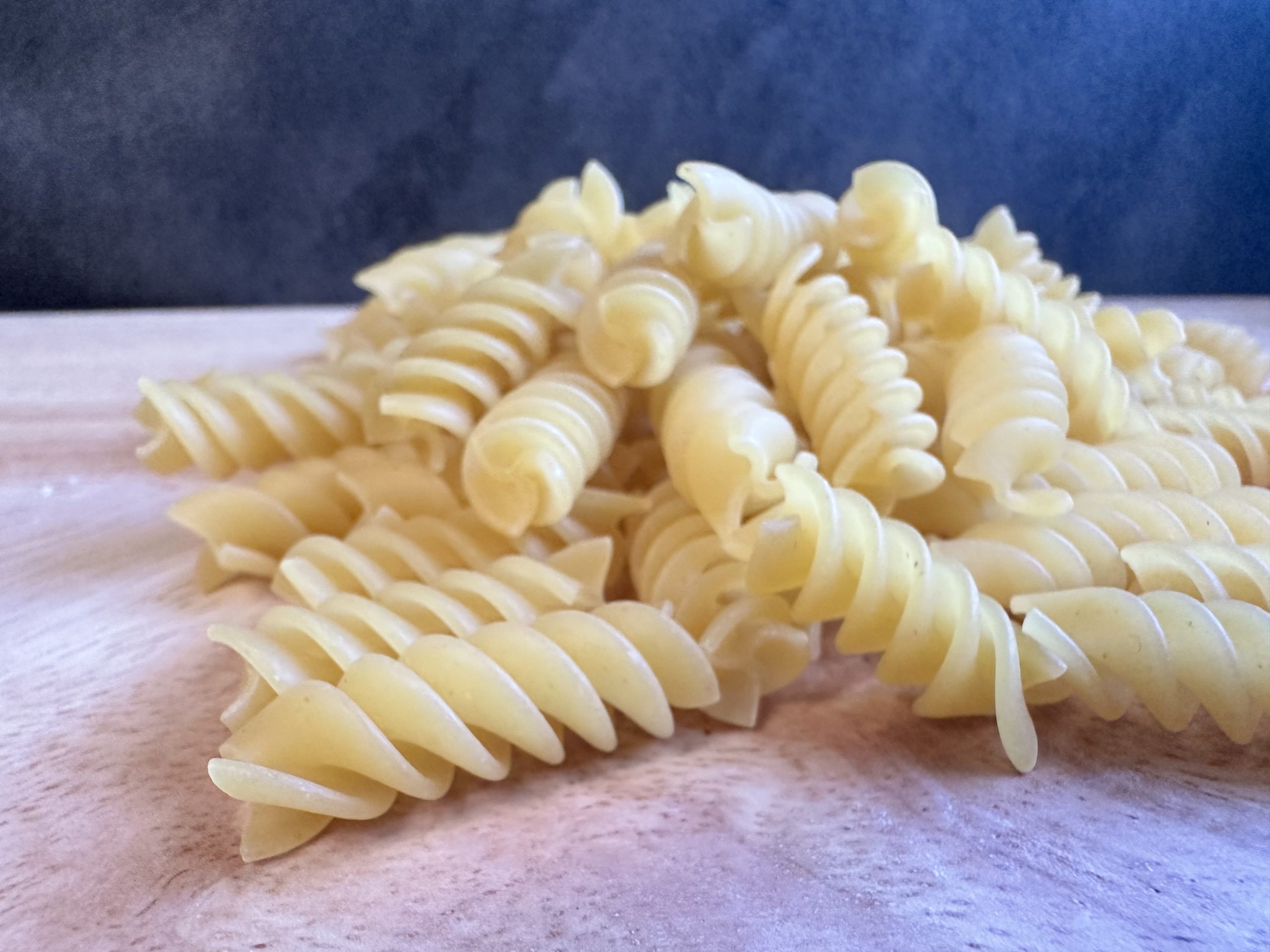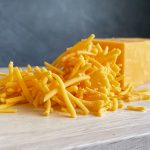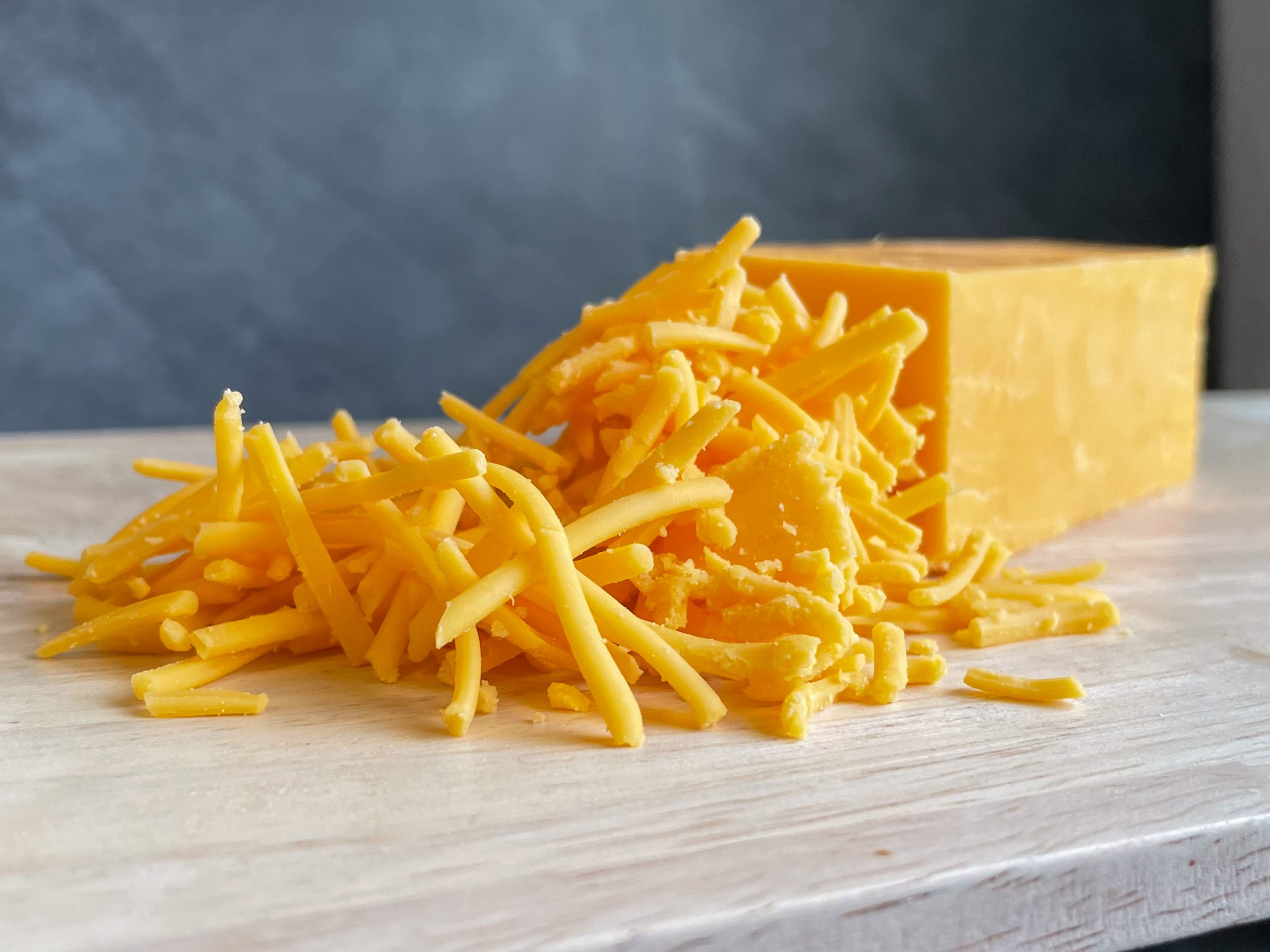What is Rotini?
Rotini pasta can be traced to Southern Italy, but its exact origin is unknown. The name rotini, is derived from the Italian word “rota” which means wheel or spoke, which is indicative of the pasta’s shape.
Its distinct spiral shape makes it a great option for mac and cheese. This pasta is in the happy ground between too large and too small, while offering plenty of ridges to hold onto sauce guaranteeing every bite is packed with flavor.
How to Choose Pasta for Mac and Cheese
Pasta Size
The pasta you use in your mac and cheese is a major decision. If your pasta is too large, your dish will be cumbersome and difficult to eat. On the other hand, if your pasta is too small, you run the risk of your mac and cheese being a soupy mess. New mac and cheese chefs will see that smaller noodle sizes will more easily show defects in your sauce. The perfect mac and cheese vehicle sits right between large and small noodles.
Pasta Texture
Another important component in mac and cheese pasta is the texture. You want a noodle that will offer plenty of ridges and pockets to hold onto cheesy goodness. Plus this will improve the way the pasta feels in your mouth, making it a great experience to eat.
What is the Difference Between Rotini and Fusilli
While rotini and fusilli look similar, the difference lies in how they are created. Rotini is extruded into a corkscrew shape while fusilli is pasta that is twisted into a spiral.
Where to Buy Rotini
Note: This article contains affiliate links to products that I love and use to make mac and cheese in my own kitchen. When you click links here and make a purchase, I receive a commission at no additional cost to you. For more information, see my Affiliate Link Policy here.




